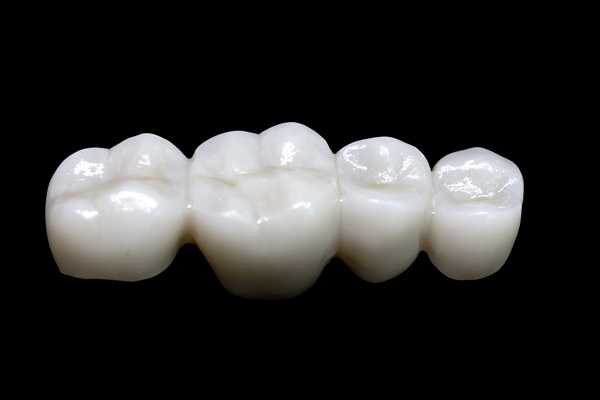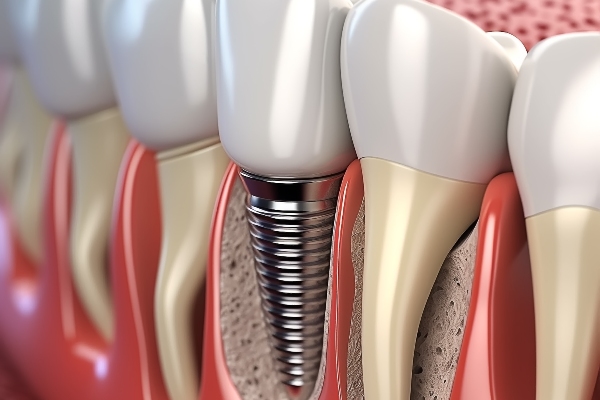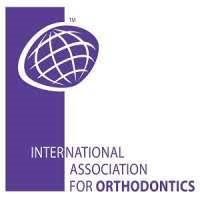How Is Dental Sealant Used?

Looking for dental sealant information? Many children get dental sealants to protect their primary teeth from cavities and prevent premature loss. Sealants are also used on the children’s permanent teeth as soon as they emerge to protect them from decay. Continue reading to find out how dental sealants are used.
The use of dental sealants
The back teeth, which are the molars and premolars, have a unique structure of ridges and cusps. The cusps and ridges are designed to be efficient for chewing and grinding food for easy swallowing and digestion. Unfortunately, the surface structures of the molars and premolars also create a hiding spot for plaque, bacteria, food particles, and acids that contribute to tooth decay. To protect the back teeth, a dentist will apply a thin layer of dental sealant material over the chewing surfaces for an extra layer of protection for the tooth enamel.
Dental sealants are more efficient if they are used on the molars and premolars as soon as they emerge. Therefore, most people who have dental sealants get them between the ages of six and 16. This is when the permanent teeth start erupting and when children are more prone to getting cavities. Usually, the first molars appear between six and seven, premolars between 10 and 12, and the second molars often emerge between 11 and 13.
However, if the child has a high risk of cavities, dental sealants can preserve their baby teeth. For older children and adults, dental sealants can be used if their back teeth are still in good condition. Also, if a patient is prone to tooth decay, and the dentist needs to check the spread of tooth decay, they may apply a dental sealant.
How dental sealants are applied
After the dentist determines that the patient is eligible for dental sealants, they can proceed with the application immediately. The entire process is usually painless and non-invasive. No drilling is required with dental sealants, and the material blends well with the color of the teeth.
First, they will clean and dry the tooth surface that will receive the sealant. They may use cotton or dental dam to keep the area dry. They will apply a thin layer of the sealant in liquid form over the surface of the teeth. After uniform application, they will harden the material with a special light.
After application, the tooth’s surface will have the protection of sealants and will be smooth. This will make it easier to clean the ridges of the teeth when brushing. With proper care, dental sealants can be effective for about 10 years. Reapplication can be done if it starts to deteriorate.
The advantage of using dental sealants
Since most cases of cavities affect the molars and premolars, dental sealants can protect these teeth and reduce the need for dental procedures such as fillings and crowns down the line. Good oral health is undoubtedly important for your overall health. Preventing oral issues such as tooth decay has its benefits, not just for your oral health, but also for your overall wellbeing.
Request an appointment here: https://www.thegalleryofsmiles.com or call Midtown Dental - The Gallery of Smiles at (713) 979-4127 for an appointment in our Houston office.
Check out what others are saying about our dental services on Yelp: Dental Sealant in Houston, TX.
Recent Posts
In many situations, dentists successfully utilize dental sealants to protect a patient's teeth from harmful decay. This simple preventative treatment is typically recommended for younger children but can also be helpful for adults as well. In fact, some dental professionals suggest sealants for adults with healthy teeth approaching middle and advanced age. While a wide…
Children need every preventive measure available to keep their oral health in top condition, which can include dental sealants. When it comes to children’s dental health, tooth decay remains the leading problem affecting children. The dentist uses dental sealants to protect a child’s teeth from the harmful effects of cavities. Continue reading to find answers…
When it comes to preventive dental care, the approach is two-fold. First, it involves going to the dentist for regular checkups and performing any recommended follow-up treatment. Second, good oral health habits are crucial for keeping the body in good working order. For people living with chronic conditions such as diabetes and osteoporosis, keeping up…
Few people are thrilled at the thought of sitting in their dentist's chair. While dental anxiety is a real problem for many people, even those who do not experience that level of discomfort still have occasional misgivings or even fears. Finding a family dentist that you are comfortable with can help you get through those…










